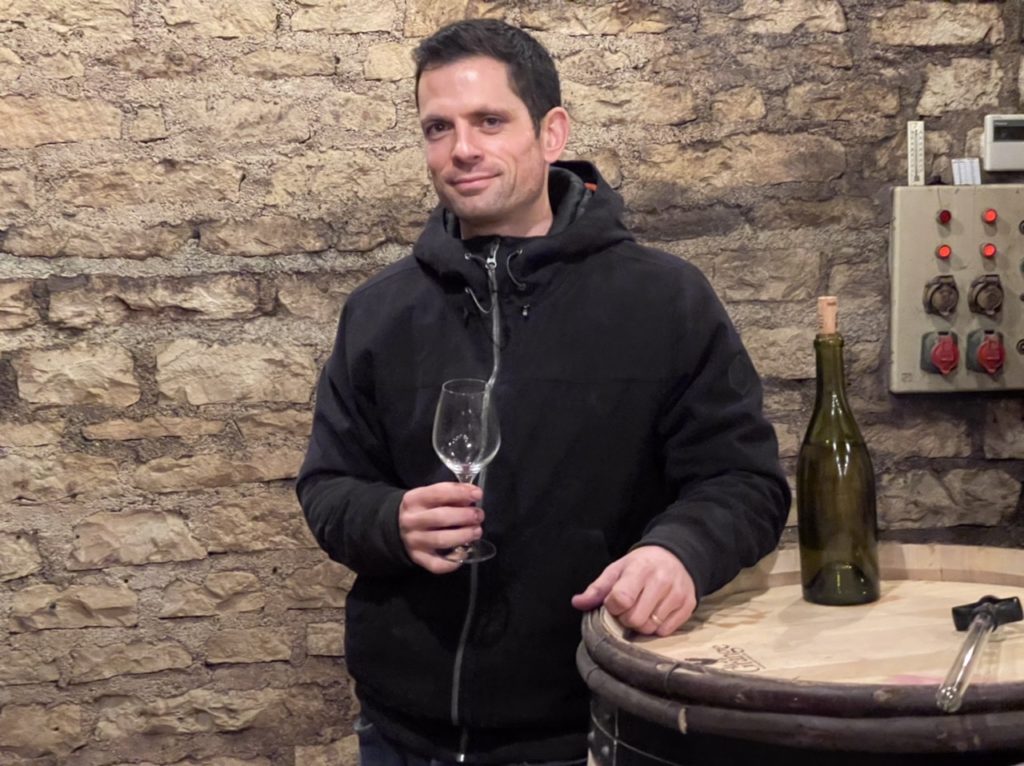Visiting Domaine de la Romanée-Conti is a treat for anyone, as the wines and the terroirs here are, if not second to none, at least unparalleled.
Add to this the storied domaine’s new, talented winemaker, Alexandre Bernier, and one knows one is in for a rare experience.

Respect for the collectors
Domaine de la Romanée-Conti is a unique estate, and is the apotheosis of Vosne-Romanée and top-end Burgundies. As with all other great estates, Domaine de la Romanée-Conti takes the preferences of its clients very seriously, and stylistic changes are thought through very carefully. This is indeed a very complex process at an estate with as long a history as DRC.
You need to login as a Premium subscriber to read the rest of this article. If you are not a Premium Subscriber, use the subscribe function and sign-up.

 - A true vin d’émotion – a Burgundy of passion
- A true vin d’émotion – a Burgundy of passion - A truly hedonistic wine – lively and enjoyable
- A truly hedonistic wine – lively and enjoyable - A vivacious wine for pure indulgance
- A vivacious wine for pure indulgance - A potential vin d´émotion - frais et léger
- A potential vin d´émotion - frais et léger
hard not to be a dreaming about a tasting like that 🙂